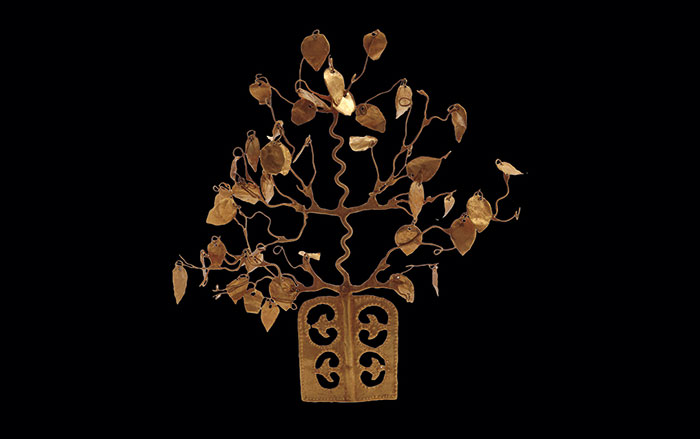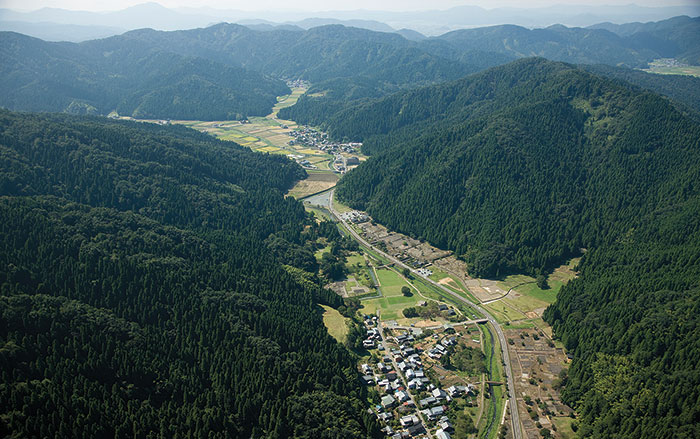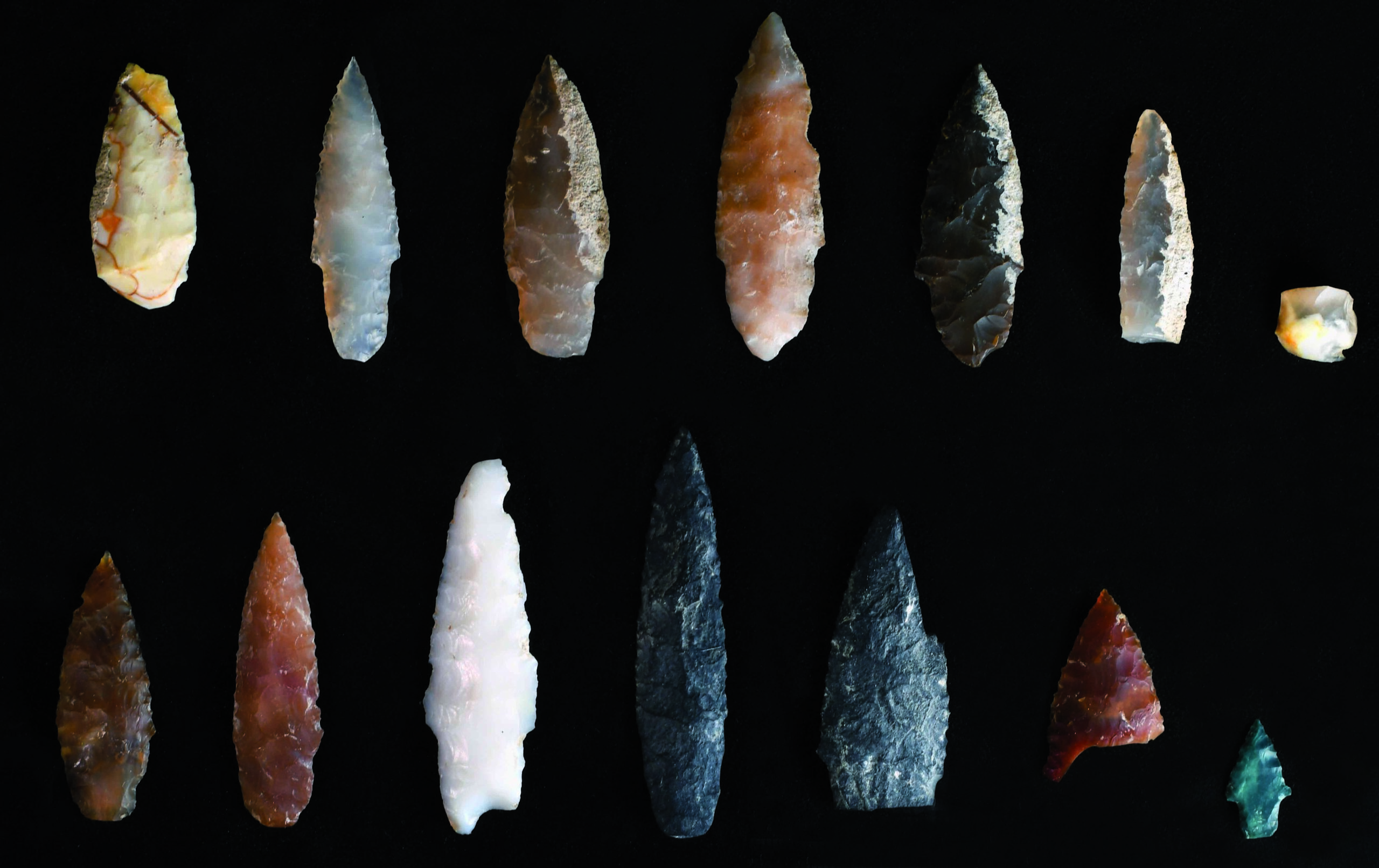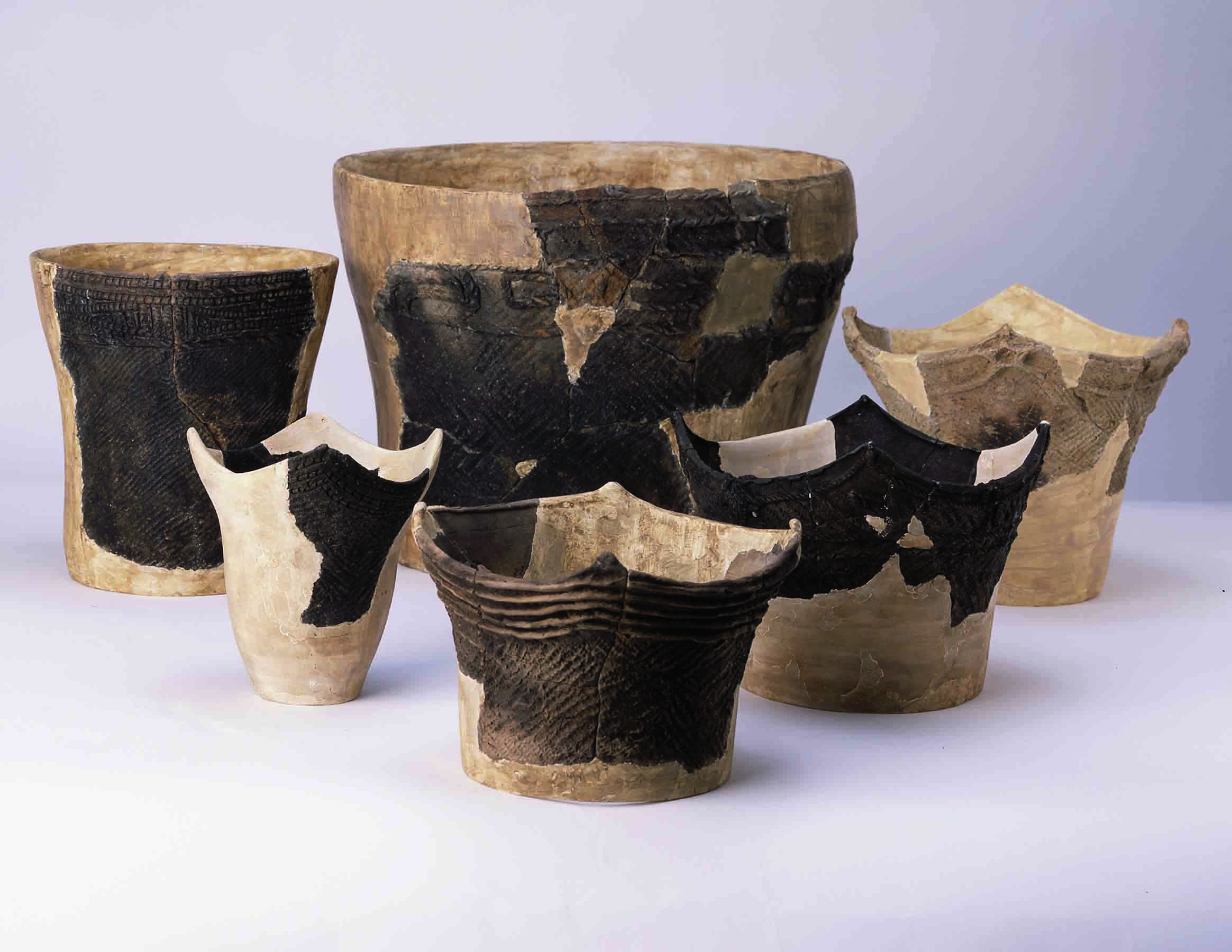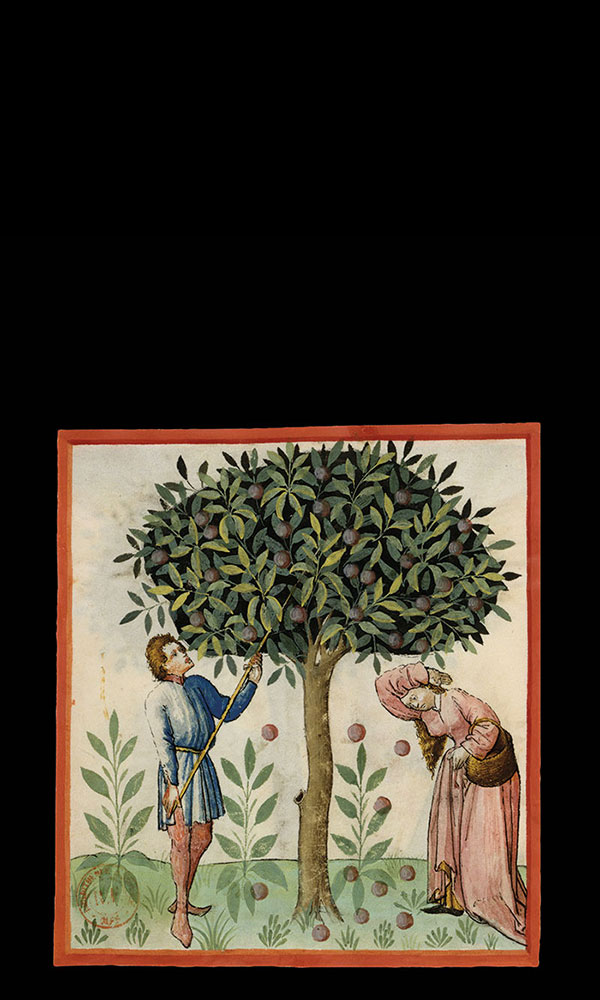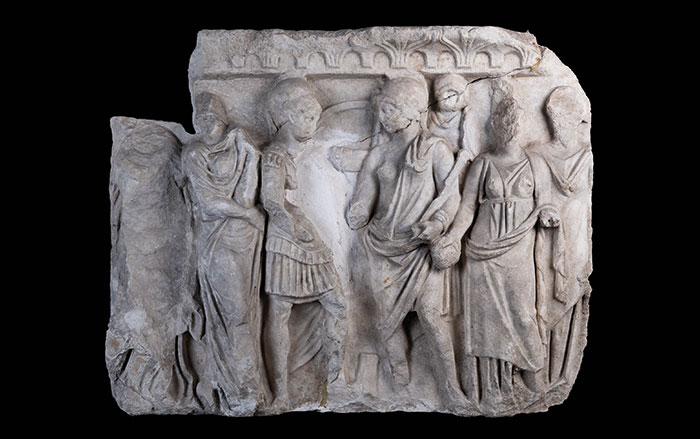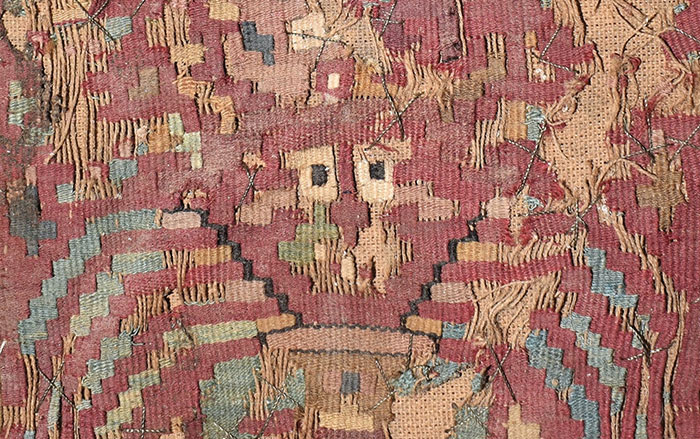
OKINOSHIMA ISLAND, JAPAN—Around 80,000 artifacts have been excavated from Japan’s Okinoshima Island, so it has taken experts some time to study all of them in great detail. The sacred island in the Genkai Sea served as the site for hallowed rituals during the Yamato polity, Japan’s early imperial state, from the fourth through ninth century a.d. The Asahi Shimbun reports that a new project is currently underway to analyze 4,200 metal objects recovered on the island using cutting-edge methods. A gilt bronze spear sheath that was found decades ago was recently scanned with high-resolution X-ray CT and X-ray fluorescence technology. Not only did the images show that the end of the iron spear was still lodged within the sheath, but its surface was covered with intricate decorative patterns. Some researchers believe the motif is a Japanese arabesque design featuring a combination of hexagonal patterns surrounding a phoenix figure, while others say the design consists of floral or feather patterns. It is universally agreed, however, that it is a one-of-a-kind relic. “The discoveries on this object are unprecedented and there is no other example,” said Tadashi Nishitani, professor emeritus at Kyushu University. “This really shows the greatness of national rituals on Okinoshima island.” Given that the exquisite decorative patterns cover the entire surface, the spear was likely presented as an offering to the gods and was not an item for everyday use. To read about excavations of a medieval Japanese stronghold, go to "Lost City of the Samurai."



